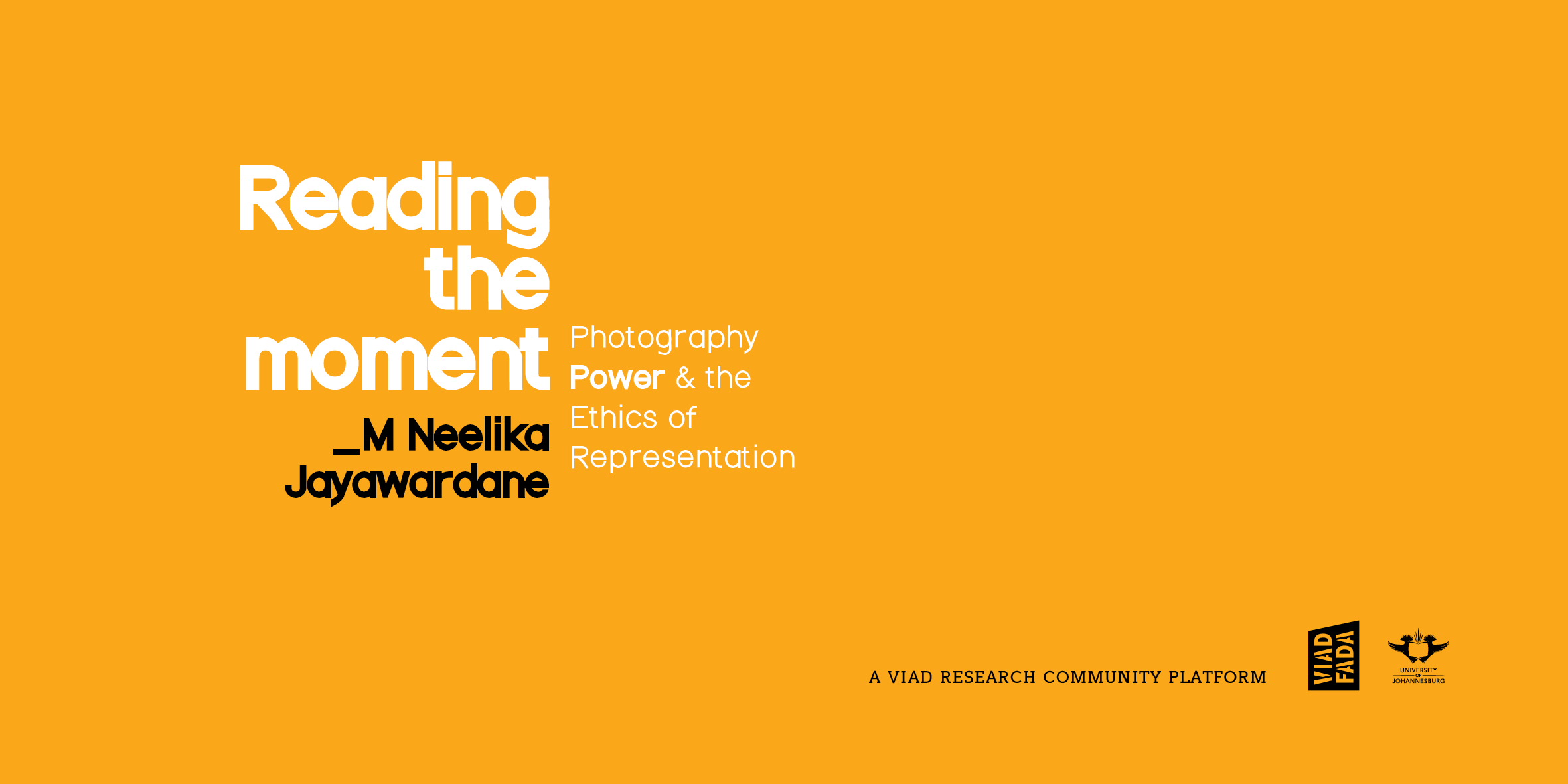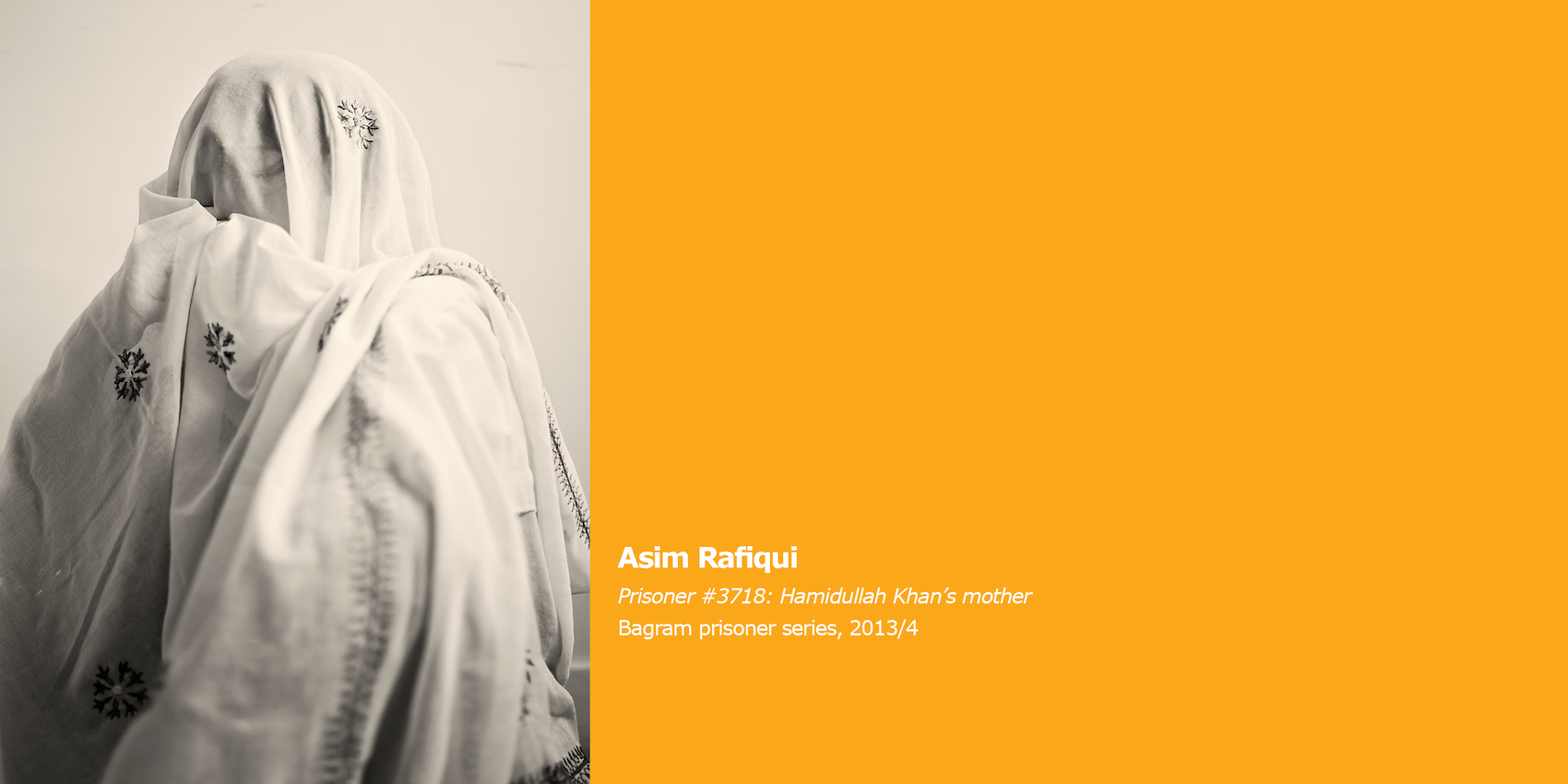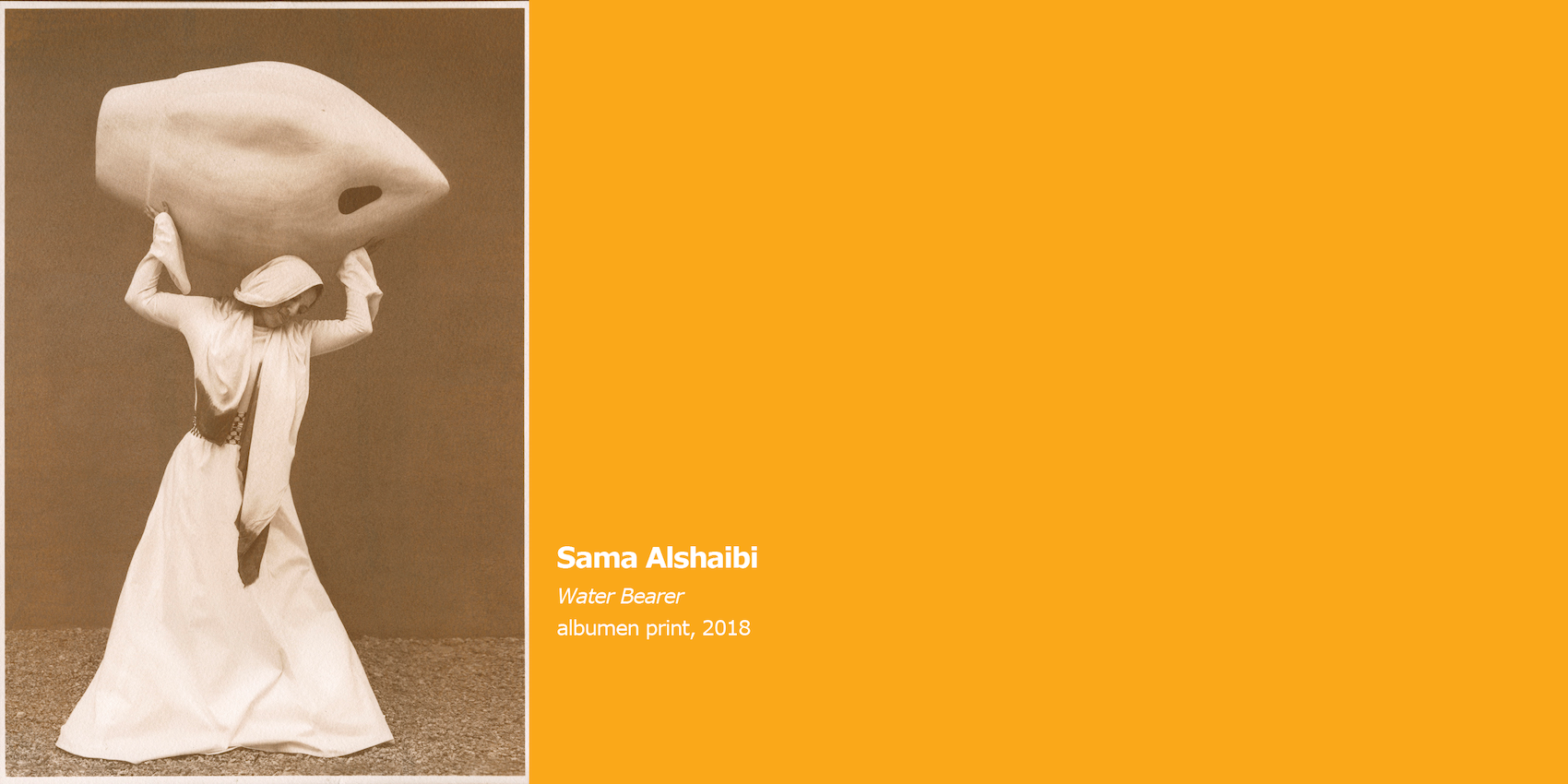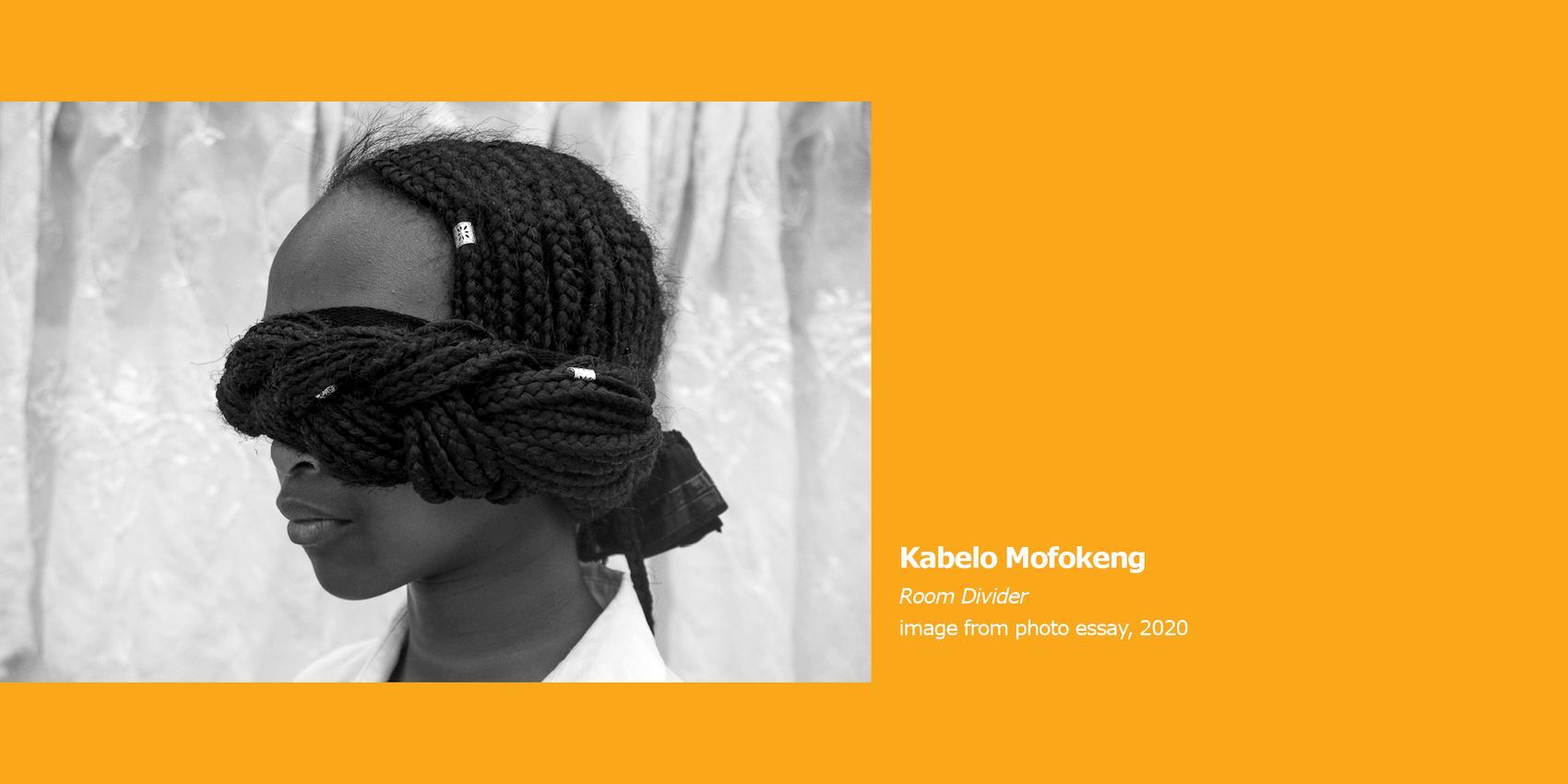“Some things are born of beauty, others from when your jaw dropped (several times) as you witnessed innumerable practices of exclusion, masquerading as ‘freedom of expression’…”
“In the past few months, the Black Lives Matter movement’s on-going activism and labour towards racial justice has encouraged arts institutions to critically re-examine the ways in which their own practices are deeply imbricated in exclusionary and discriminatory practices. On this account, a number of institutions have begun a more long-term process of identifying how they might recognise, challenge, and change their hiring practices, their work environments, and how their exhibitions, acquisitions, and grant-making processes are coloured by unexamined, unconscious biases. Many, however, have simply reacted, resorting to a kind of “performative activism” – posting a Black Tile in honour of George Floyd’s life on Instagram. These institutions – some of which do commendable work to support minoritised artists – have chosen to unsee deeply rooted practices of structural and systematic racism that are antithetical to their missions and public statements.
Conversations shared over this time between friends and colleagues have made clear to me a pressing need for thoughtful and responsive programming, aimed at critically addressing these prevalent and still largely unchallenged institutional practices. This calls for collective and community-driven responses – for pooled skills and experience – given the defensive tendencies of ‘threatened’ organisations and the stonewalling, disavowal and deflection that often implies. During the period of quarantine (and whilst recovering from surgery), I went on to plan this series of public dialogues, drawing in like-minded photographers, artists, scholars, writers, and critics committed to more equitable practices in visual culture. These are individuals whose work helps theorise, document, challenge and strategise against institutional and systemic practices of exclusion. Some are artists whose projects have created new ways of looking at communities that have been historically (and currently) pictured through white supremacist, colonial lenses; others are writers and scholars working in the tradition of Saidiya Hartman, Tina Campt, Deb Willis, Audre Lorde, Toni Morrison and Edward Said.
Speaking through and with images, those gathered in the first round of conversations will attempt to make sense of how and why we narrate the world in the ways we do – always focusing on powerful structures and hegemonic cultural flows that direct how we read and make images.”
M. Neelika Jayawardane
_ _ _
Session #1
Who gets to Picture, Narrate, Position?
30 Sept ’20
/ media usage
_ _ _
Who gets to Picture, Narrate, Position? Some things are born of beauty, others from when your jaw dropped (several times) as you witnessed innumerable practices of exclusion, masquerading as ‘freedom of expression’. Responding to institutional and systemic practices of exclusion, this session looks to the fugitive work through which black and other minoritised artist photographers assert new ways of looking at communities historically (and currently) pictured through white supremacist, colonial lenses.
Panelists: Sama Raena Alshaibi, Andrew Jackson, Zora J Murff & Aaron Turner, with M. Neelika Jayawardane / view bios
Session #2
Imaged by History
29 Oct ’20
/ media usage
_ _ _
Imaged by History… In the past year alone, we’ve learned about the ways in which predatory practices of several photographers have been protected and supported – often for decades – by venerable photography organisations and individuals in positions of authority. Our second dialogue focuses on how these violent practices – and the aesthetics we’ve come to associate with a ‘good photograph’ – are threaded through the history (and present) of photography. How are images, and the ways in which we make images informed by these lineages of power, and used to veil imperial ventures, capitalist violence, violence against women? If photography has – and continues to – be essential for amassing liberal support for aggression, exclusion, and covering up violence, how might photo editors, publications, and photography institutions work against those ingrained practices?
Panelists: Benjamin Chesterton, Candice Jansen, Sarah Sentilles & Asim Rafiqui, with M. Neelika Jayawardane / view bios
Session #3
So much ‘Africa’ photography, so few African photographers
5 November ‘21
In the 21st century, photographers from the geopolitical West continue to ‘parachute’ into locations previously unknown to them; imaging, imagining and presenting “othered” peoples and locations. The lack of critical education about the history of photography and its role in racialising and othering people, and the contemporary perpetuation of colonial photographic tropes, adds to the problem. A myriad of structures maintain this imbalance of who gets to image, imagine and construct ‘African’ visual repertoires. In this session we ask:
How might we create networks of support for African photographers? How do we create alternative spaces that train photographers to practice in ways that are more ethical and imaginatively expansive?
Panelists: Marwa Abou Leila, Olfa Feki, Jim Chuchu, Lekgetho Makola with M. Neelika Jayawardane / view bios
_ _ _
“Speak the truth. But let's not waste time and creative energy fighting entrenched racist practices. Let's focus on how we can create generative pathways for each other…”
Neelika Jayawardane, VIAD RA
Related publications by M. Neelika Jayawardane:
“‘The famous and the obscure were there, waiting for freedom’: Jeeva Rajgopaul’s photographs of South African Exiles in New York, 1991.” Critical Arts: North-South Cultural and Media Studies. pp.1-16 (2019). Link
“The Capacity-Building-Workshop-in-Africa and the Great White Saviour Industrial Complex Hokem.” Journal of African Cultural Studies. 31:3, 276-280. 2019. Link
“Western media and depictions of death and injury to 'others.'” Al Jazeera English. Opinion. 22 Jan 2019. Link
“Theft or artistic prerogative?” Al Jazeera English. 13 Sept 2018. Link
“Who gets to picture and narrate Africa?” Al Jazeera English. Opinion. 20 January 2018. Link
“Venice Biennale: African pavilions and the politics of space” South African Mail&Guardian. 19 May 2017. Link
“The problem with photojournalism and Africa.” Al Jazeera English. Opinion. Al Jazeera. Opinion. 18 January 2016. Link
“Fashioning an ‘Image Space’ in Apartheid South Africa: Afrapix Photographers’ Collective and Agency.” Extra – a publication of Antwerp’s FotoMuseum (2019). Link
“What Can Photographs Tell Us About the History of Redlining in the US: Zora J Murff reflects on the intertwined legacies of segregation and violence in Black communities.” Aperture Blog (August 20th, 2019). Link
“The Enduring Legacy of Frederick Douglass: Isaac Julien’s latest film explores the life and work of a man who believed in the power of photographs to transform American society.” Aperture Blog (10 May 2019). Link
_ _ _
Partners: special thanks to the Institute for Global Engagement (IGE), SUNY Oswego, the English Department at SUNY Oswego and Light Work, whose generous support made this conversation series possible.










